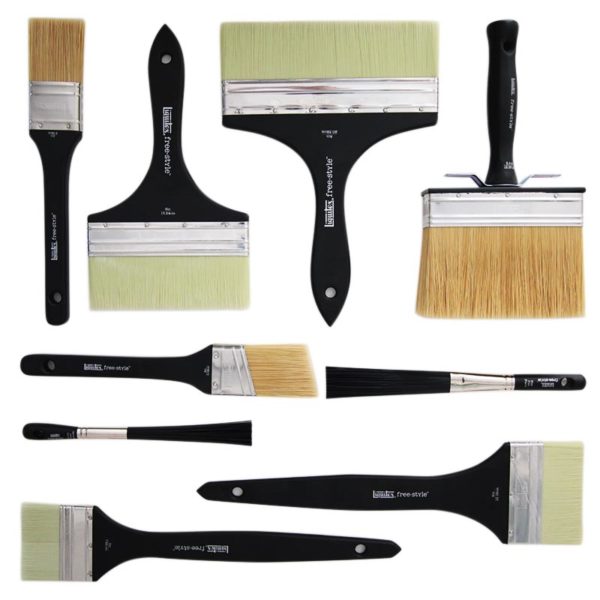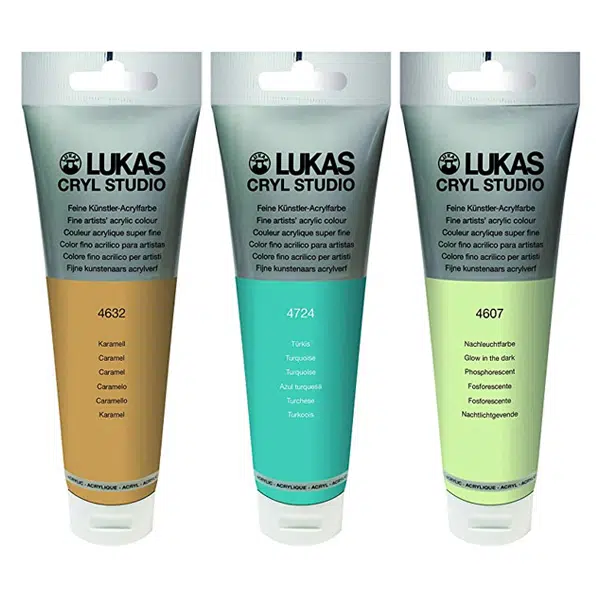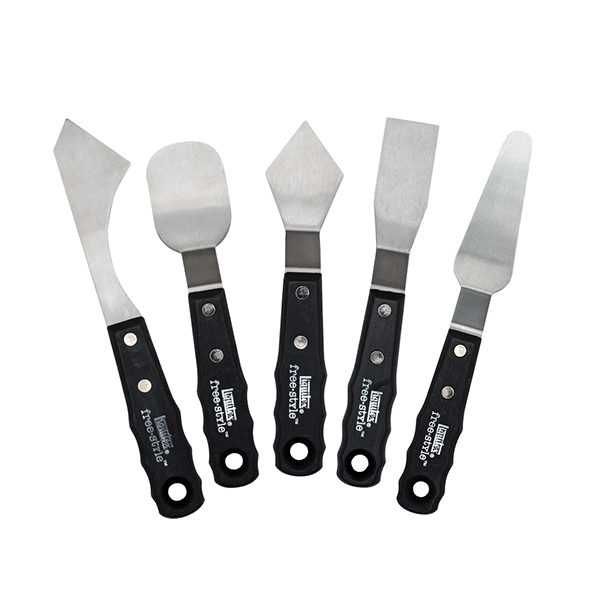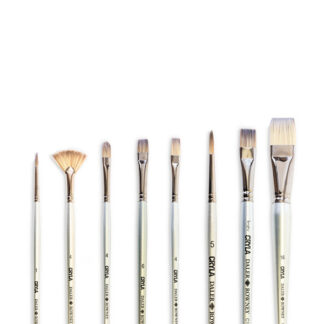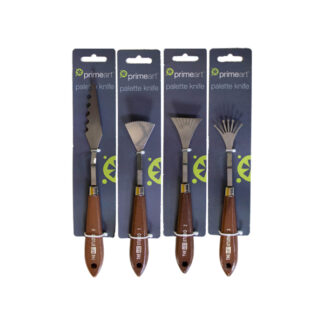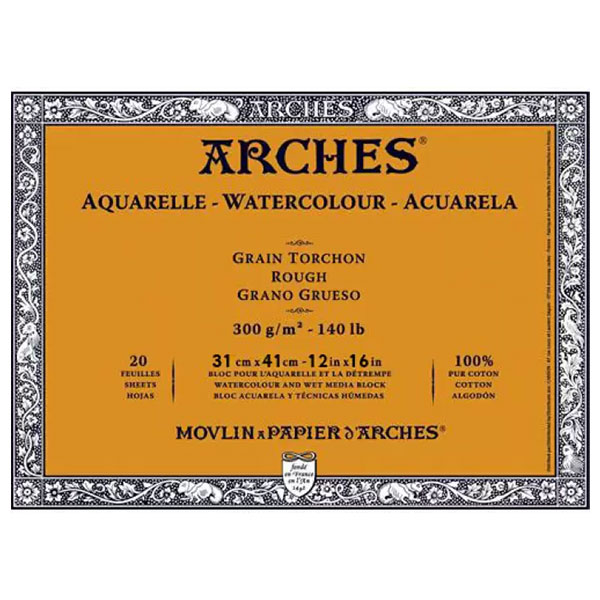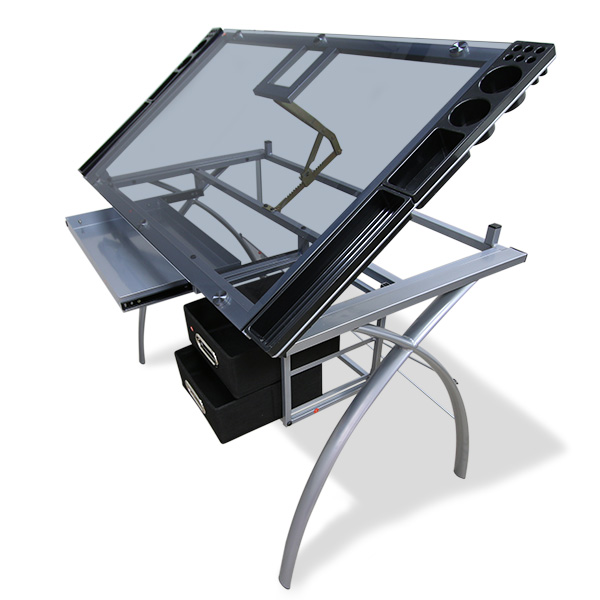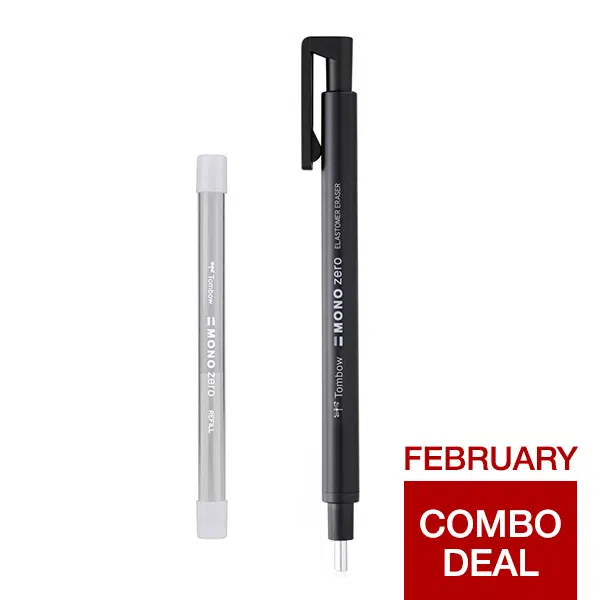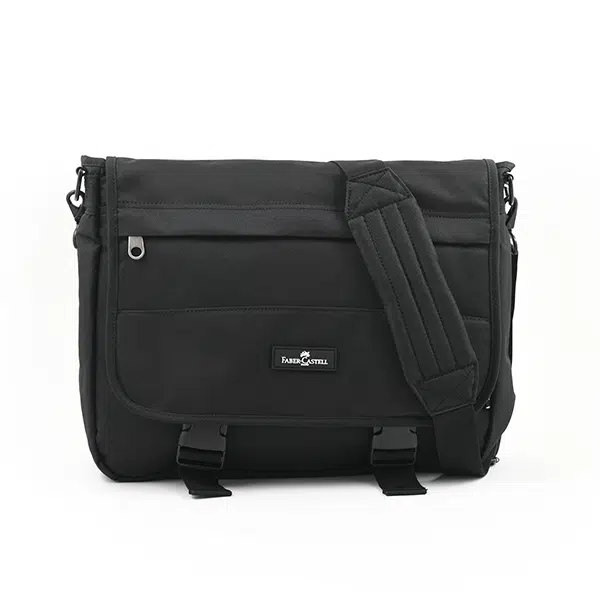
The humble painting knife has experienced a resurgence in popularity in the past year or two. Paintings completed with a painting knife have a wonderful texture and energy that many collectors find irresistible. The painting knife also offers many techniques that will help artists paint better in general. Let us take a close look at this essential piece of kit.
Painting Knife Basics
A painting knife is not a palette knife. The latter has a long blade and is intended to make broad sweeping motions with lots of material. Applying gesso to your canvas and smoothing it out is a typical solution provided by a palette knife.
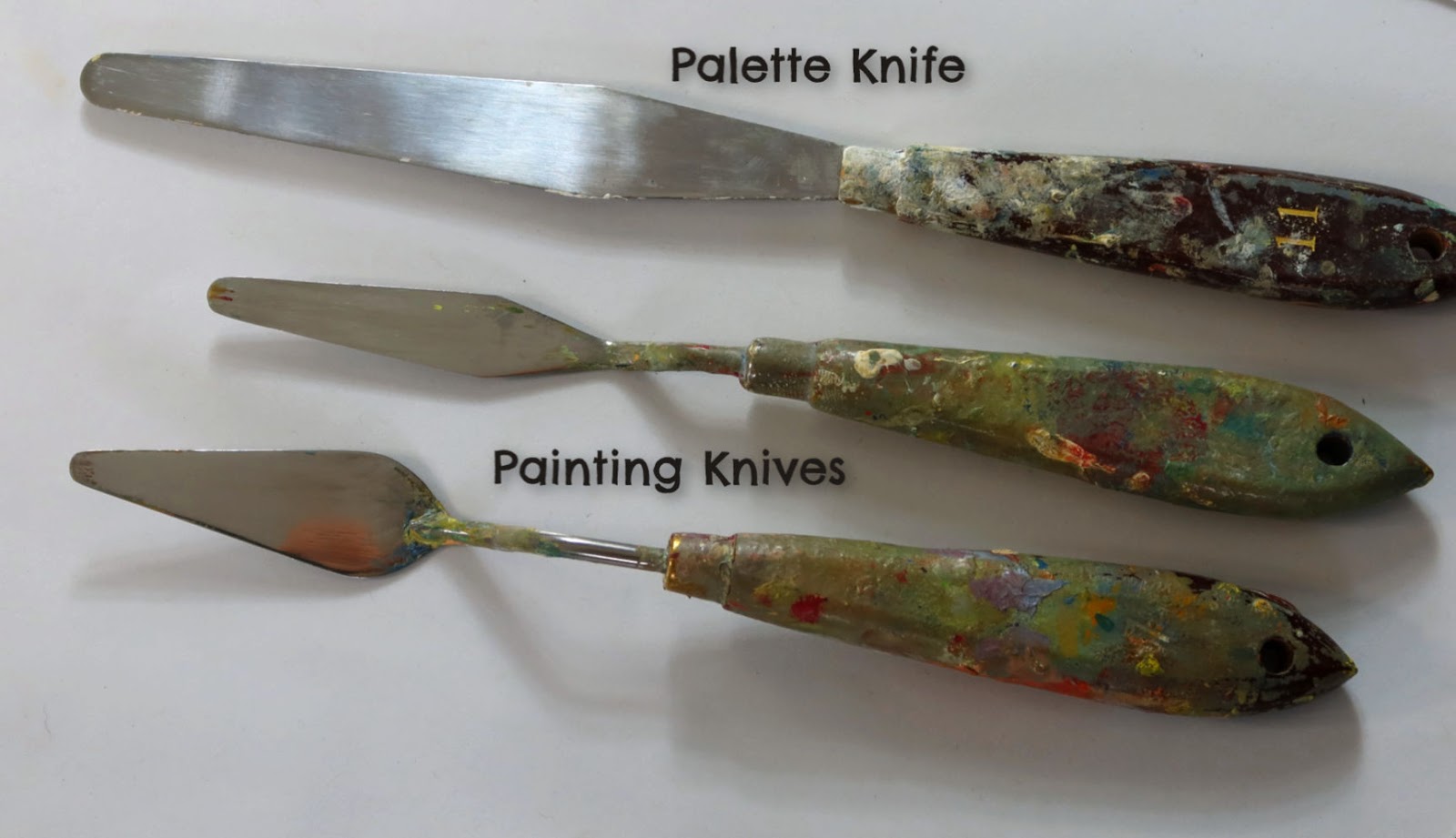
The painting knife, on the other hand, has a shorter, flexible blade for applying paint accurately. The ideal painting knife has a blade about six centimetres long at most. It is also flexible enough to bend easily when applying paint. The painting knife is made of metal. Plastic ones are not suitable for fine art painting.
A Versatile Painting Companion
Purchase a good painting knife and look after it. It will pay you back with many useful tasks such as these:
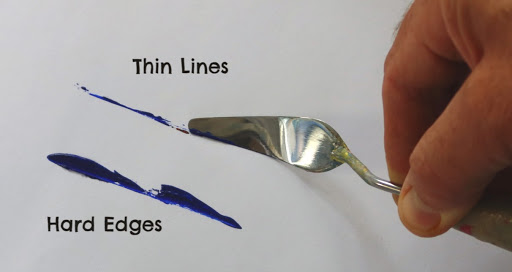
Mixing Paint Colours: For precise colour mixing the painting knife is ideal. Quick and accurate colour mixing is essential no matter where you paint. The painting knife does this and you can easily wipe it clean, ready for the next colour mix.
Applying Paint: for paintings with texture, energy and that X-factor the painting knife can deliver. There is no end to the opportunities for exciting painting surfaces when you use a painting knife. Whether alone or in conjunction with a brush the knife offers something different.
Kind to Beginners: It is easier to apply impasto with a painting knife than with a brush. If you can butter toast then you have the skills needed already. Simply scoop up the paint and smooth it over existing layers of colour and it goes on clean. Brilliant!
Keep Your Palette Clean: During every painting session, your palette can get muddy with many colours spread all over the place. You need to scrape off the palette to make a clean mixing area. Do this at least twice an hour or more as needed. It will help to keep your colour notes vibrant. Use the painting knife to achieve this quickly.
Specialist Marks: Need a hard edge or a thin line of paint that looks organic and interesting? Use the painting knife. By varying the angle of the knife you can get many different results. Use the tip for small dots or petal shapes of flowers. The edge of a roof? The lines in a yacht’s rigging? All possible with the painting knife.
Speed: Painting knives cover a lot of canvas quickly. If you want a painting done faster and with more energy, use a painting knife. Allow for spontaneous effects to happen when adopting this method.
Scraping back: Made a mistake? Scrape the offending paint off your canvas. Want to make a mark in the paint? Scrape a thin line or whatever you need with the appropriate part of the blade.
Thick Over Thin
Follow the idea of painting thicker layers over thin layers. Maybe you can start the painting with a brush applying thin layers then add the thicker layers with a knife. This is important when using oil paint. If you apply thin layers over thick, wet layers your thin layer will dry first. This thin dry layer will crack as the thick lower layers attempt to dry.
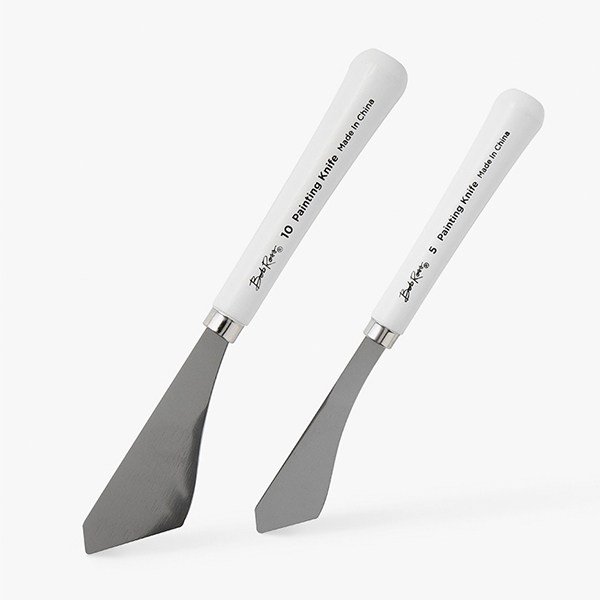
Keep them Clean
Wipe the knife off after use while the paint is still wet. Never use a knife with dry paint stuck to the blade. Your painting will look like it is being ripped to shreds with uneven marks. If dry paint is on the blade, be sure to carefully clean it off with a sharp instrument (not another painting knife). Do not use the knife for other jobs like box cutting, unscrewing gadgets or stripping varnish (it happens). If a blade is nicked or bent it is useless.
View all our studio cleaning products.
Keep Several Painting Knives
Here is an example of a painting completed with a painting knife. Fun Fact: the first painting I sold was done with a painting knife. Never underestimate the humble painting knife. Always have a few nearby – I have three ready and waiting for any project.
You get specialist knives that make weird and wonderful shapes too. Painting knives work with any paint medium. I have even used them with watercolour to gently scrape thin lines or texture through wet watercolour.
There you go. Get yourself a few painting knives and transform your paintings and your process.
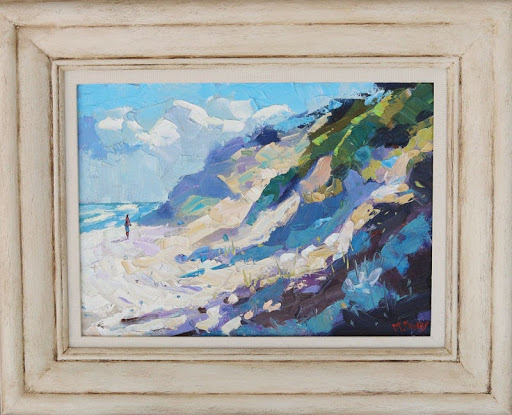
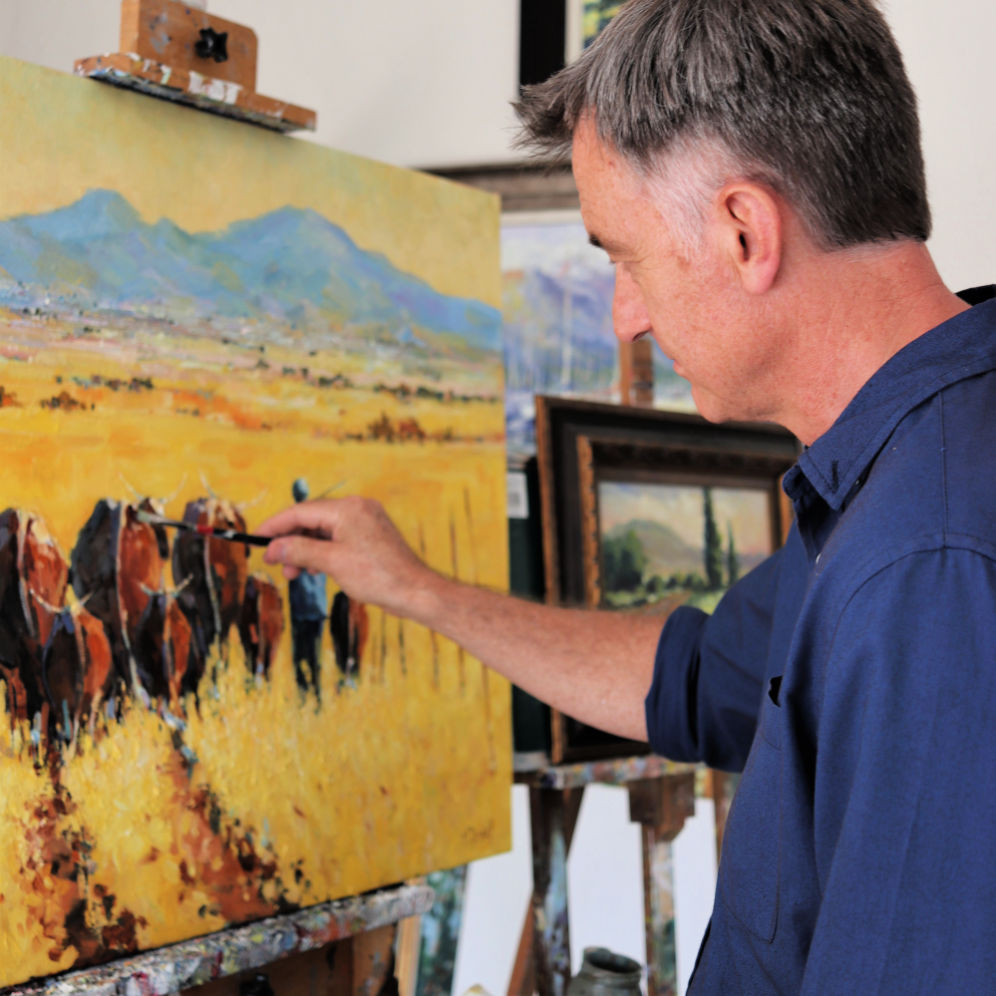
The Paint Pro – Malcolm Dewey
Malcolm Dewey is a full-time artist living in South Africa. Together with a loose brushwork style Malcolm’s paintings are filled with light, colour and movement.
Malcolm’s favourite painting mediums are oils, acrylics and watercolour. He aims to describe his painting with an economy of shape, but without compromising on paint and generous brushwork.
Website: www.malcolmdeweyfineart.com
Instagram: @malcolmdeweyfineart
Facebook: Malcolm Dewey Fine Art

